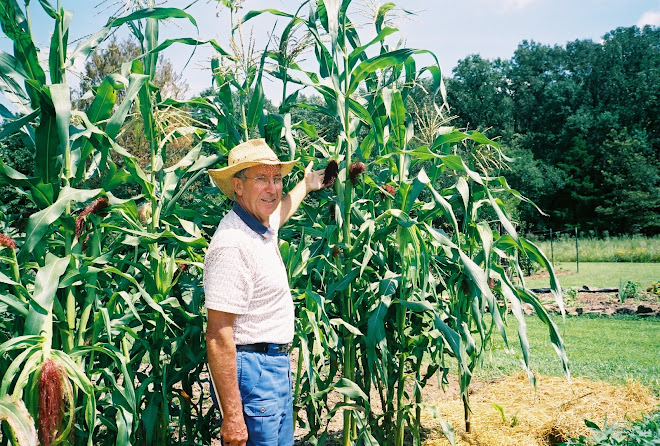The first part of August is the time to plan for the late-summer/fall garden. Fall crops that will do well here include; lettuce, radishes, broccoli, cabbage, beets, carrots, onions, and potatoes. Plan to put those seeds or plants in the ground in late August or early September. Get a soil test now to guide you before you plant the fall crop. If you want to use an organic fertilization approach, I am willing to help you. Just contact me after you have the soil test report. In advising, I also like to know what fertilizers you have applied this past year, and what kind of production and problems you have encountered.
In the last couple months, I have dealt with several gardeners, who have been using too much compost for their vegetables. As a result they are getting lush vegetative growth, but not good fruit production. Just like fertilizer recommendations, the amount of compost to apply needs to be calculated and measured. A soil test for minerals and a test for organic matter content are strongly advised.
For gardeners with raised beds, this has been a good year. The 7.5 inches of rain in June and 5 inches in early July has generally resulted in exceptionally good plant growth. A few folks, without raised beds, have had some problems with too much rain. Some noticed the plants wilting after the big rains. It's likely that their soil is super saturated and that the soil air space is filled with water. The plant roots need air, so the plants are under stress and unable to grow. Plants like this can wilt just like they might do under drought conditions.
If you are not going to grow a fall garden, by all means get a cover crop of oats planted, not later than mid-September. Last year I had a patch of melons, still producing at the first of September, on beds where I wanted to get a cover crop of oats. I simply scattered the oats on the beds, scratched it in a little and spread a quarter inch of compost on the top. In a few days it germinated, and by the time the melons were gone (mid-September), the oats was several inches tall. In the next two months, it grew to 30 inches, died back in January, and left the soil fully covered until I was ready to plant in the spring. In March, I just raked the oats straw cover back and planted—not tilling or even turning the soil. On that spot I just took off onions (1015Y), that produced 75 pounds in 25 square feet.
Another good cover crop choice is Austrian Winter Peas. They have the advantage of fixing nitrogen in the soil. Like oats, they will germinate quickly and make a cover in a short time. They will stop growing in December here in NW Arkansas, but will resume growth again in February. They are nitrogen fixers, so when it was time to plant corn (June 2 this year for me), I simply pulled the peas and left them in place for mulch. I planted the corn and in 43 days, by July 15, I had heirloom "Country Gentleman" corn that was more than 9 feet tall. See photo and other garden photos on my website. Gardening can be made simple, and often with less work than you might anticipate. Just follow a few key guidelines and respect the Laws of Nature.
I will be teaching a course (Organic/Biological Gardening) in August and again in September. For those interested, please contact me. The course is packed with a lot of information. See my site: harmonygardens.blogspot.com for course details and other gardening information.
If you are observing your trees this year, you have probably noticed that the oaks and pecans have an excellent seed crop. After a near-bust mast crop in 2007, the situation for wildlife looks good. I have 7-year old grafted and seedling pecans that are loaded with seed. Though we have a few months to go, I am looking forward to a bountiful harvest. If you are interested in growing pecans as a crop, give me a call.

